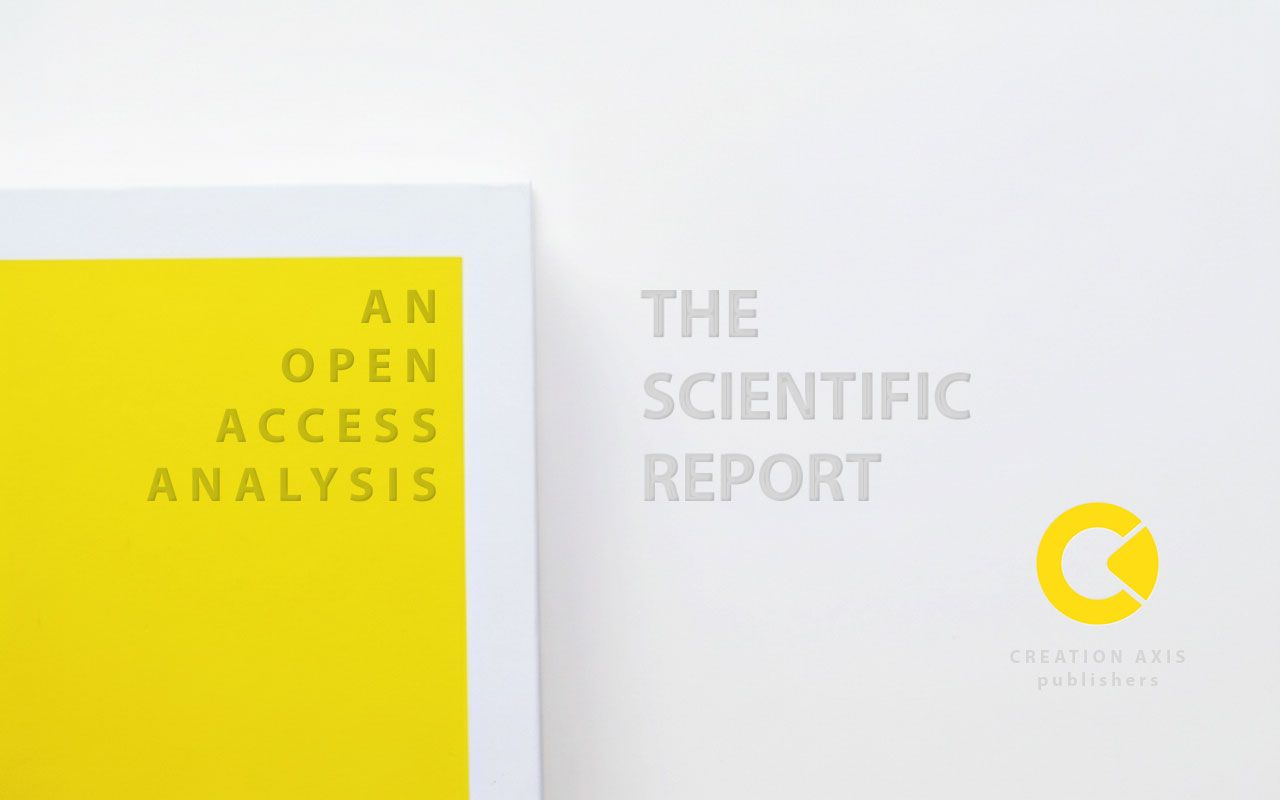The Silent Pandemic
A Global Analysis of Chronic Stress: From Origins to Innovative Solutions
A Global Health Crisis
79%
of individuals report regularly experiencing the physical and psychological symptoms of stress, signaling a widespread public health issue demanding urgent attention.
The Anatomy of Stress
Chronic stress isn’t a single event but a cascade. It begins with an external trigger and progresses into profound physiological changes that can lead to long-term health consequences.
Origins & Triggers
Work Pressure, Financial Strain, Social Isolation, Health Crises
Physiological Response
Release of Cortisol & Adrenaline, Increased Heart Rate, Inflammation
Long-Term Conditions
Heart Disease, Anxiety Disorders, Immune Suppression, Diabetes
Primary Social & Economic Triggers
Modern life is filled with stressors, but data reveals that certain triggers have a disproportionately large impact on populations globally. Economic and workplace pressures consistently rank as the leading causes of chronic stress, affecting millions and driving significant health and productivity costs.
The chart opposite visualizes the percentage of adults who cite these factors as a significant source of stress in their lives. Understanding these primary drivers is the first step toward developing targeted and effective interventions.
The Body Under Siege
The invisible burden of chronic stress manifests in very visible ways on our physical and mental health. The constant state of high alert disrupts nearly every system in the body, dramatically increasing the risk of serious health conditions.
Cardiovascular Disease
A 40% increased risk of developing or dying from heart disease.
Mental Health Disorders
Over 50% of adults with high stress report anxiety or depressive symptoms.
Sleep Disruption
Roughly 65% of stressed individuals experience significant sleep problems.
Immune Suppression
Stress weakens the immune response, increasing vulnerability by over 30%.
The Staggering Economic Cost
The impact of chronic stress extends far beyond individual health, imposing a massive burden on the global economy. This cost is primarily driven by two factors: direct healthcare expenditures for treating stress-related illnesses and indirect costs from lost productivity due to absenteeism, presenteeism, and burnout.
$1 Trillion+
Estimated annual cost to the global economy.
The Path Forward: Innovative Solutions
As awareness grows, so does innovation in stress management. A new generation of solutions is emerging, leveraging technology and a holistic understanding of well-being to provide accessible, personalized, and effective support.
Mindfulness & Meditation Apps
Digital platforms providing guided meditations and mindfulness exercises to reduce anxiety and improve focus.
Corporate Wellness Programs
Employer-led initiatives offering resources like mental health support, flexible work, and stress-reduction workshops.
Telehealth & Virtual Therapy
Remote access to mental health professionals, breaking down barriers of stigma and accessibility.
Personalized AI & Wearables
Using biometric data from wearables and AI to provide real-time feedback and personalized stress-management interventions.
References
- American Psychological Association. (2023). Stress in America 2023: A nation recovering from collective trauma.
- World Health Organization. (2022). Mental health: Strengthening our response.
- McEwen, B. S. (2017). Neurobiological and Systemic Effects of Chronic Stress. Chronic Stress (Thousand Oaks), 1.
- Hafner, M., Stolk, C., Saunders, J., Krapels, J., & Baruch, B. (2019). The Economic Case for the Prevention and Promotion of Mental Health and Wellbeing. RAND Corporation.
- Goh, J., Pfeffer, J., & Zenios, S. A. (2016). The Relationship Between Workplace Stressors and Mortality and Health Costs in the United States. Management Science, 62(2), 608–628.
© 2025 Antonio Caballero. All Rights Reserved.
Infographic generated for research and educational purposes.





